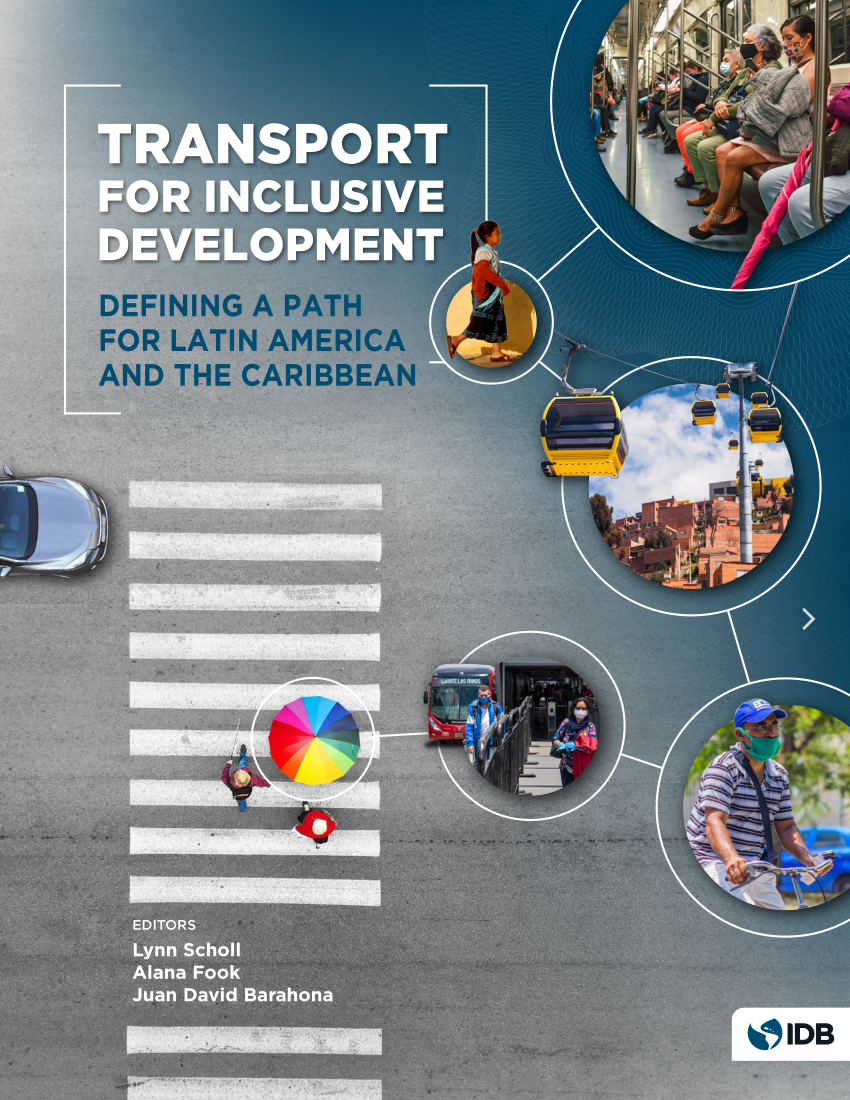Transport for Inclusive Development: Defining a Path for Latin America and the Caribbean
Date
Jun 2022
This book discusses the role that transport often plays in deepening social disadvantage and poverty and its potential to break the cycle of poverty and inequality through investments and policies that take the needs of poor and socially excluded groups into account. It outlines a conceptual framework for understanding the existing barriers faced by lower income and disadvantaged groups in transport accessibility and social exclusion and explores the multifaceted dimensions of transport related social exclusion, offers solutions to these challenges, and presents several case studies where they have successfully overcome them. The book closes by bringing together the topics discussed in the preceding chapters, identifying intersectionality between and across the many different socio-economic characteristics that drive conditions of poverty, inequality, and social exclusion. Recognizing that the countless connections with other structural problems that drive social disadvantage and exclusion imply that transport problems should be addressed from a broader social and economic perspective and not just as discrete public investment projects. Importantly, this last chapter presents a synthesis of cross-cutting policy guidelines and recommendations that can serve as a roadmap for policymakers, transport system operators, and planners to better understand and meet the complex, multi-faceted and diverse needs of transport disadvantaged populations throughout Latin America and the Caribbean. The guidance is intended to help these key agents of change to move the region forward towards a more equitable, inclusive, prosperous future. In light of the COVID-19 pandemic and its effects on vulnerable populations and transport systems they rely on, it recommends policy measures and investments that could help to catalyze the post-pandemic recovery of the regions transport systems to provide more equitable and inclusive mobility and foster accessibility to opportunities for all. In addition, recognizing that transport is an important complementary input critical to the distribution of benefits of other projects such as those seeking to improve education, health, or other basic services, it discusses the role that multisectoral approaches can play in catalyzing the for transport to reduce poverty and inequality in the region.




